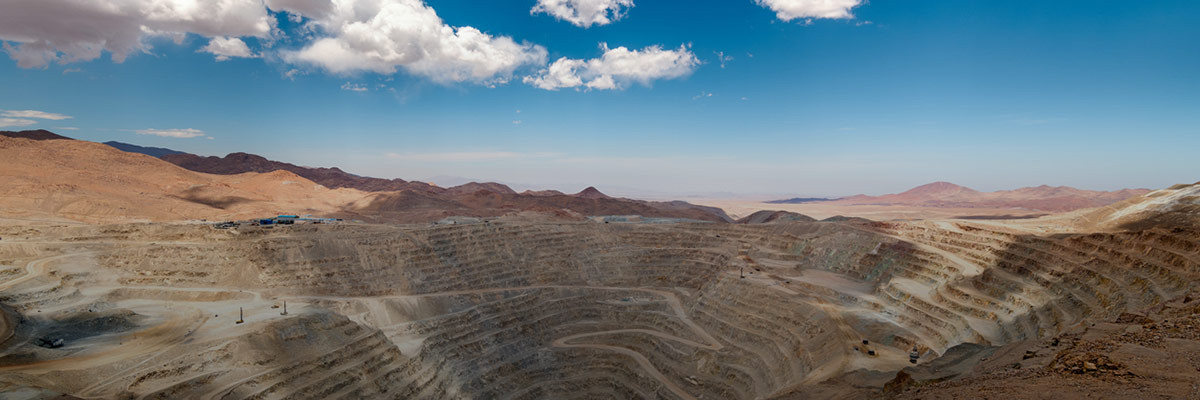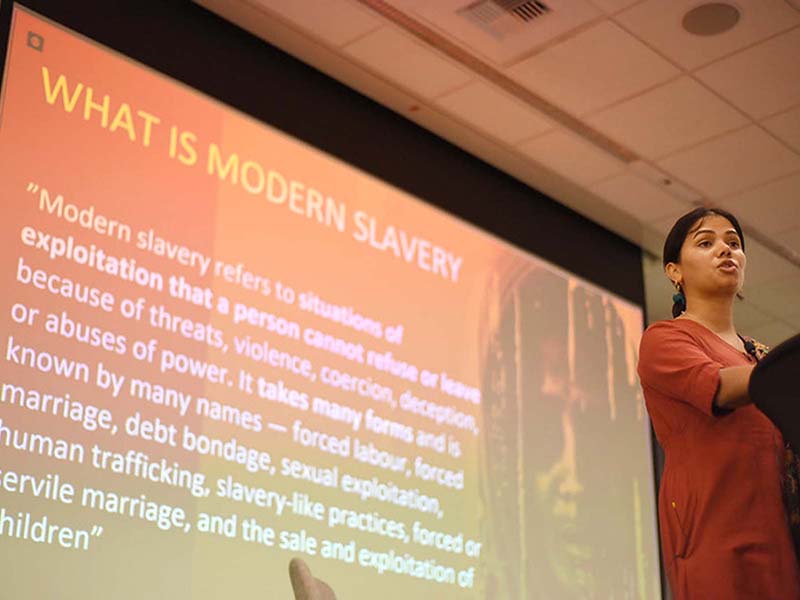
Authors
-
Mariana Riquelme
Former Manager, Energy, Extractives, and ESG, BSR
-

Manager, Delivery Team, BSR
-

Managing Director, Human Rights and Inclusive Business, BSR
The renewable energy sector faces a monumental task: power the transition to clean energy economies needed to stem the tide of climate change, while ensuring the move is just, inclusive, and protective of both people and planet.
Investment in renewable energy is rapidly accelerating, as companies compete to produce the technology needed to support the energy transition. There is a growing demand for the minerals that are needed to produce green energy technologies (EVs, solar panels, wind turbines, etc.). According to the World Bank, the production of minerals such as graphite, lithium, cobalt, and others, could increase by nearly 500 percent by 2050 to meet global demand.
The extraction of these minerals, however, is often associated with adverse human rights impacts, including land grabs, dangerous working conditions, and harm to Indigenous Peoples. In addition, public scrutiny of company social and environmental practices is growing, and stakeholders are increasingly holding companies accountable for adverse consequences of renewable energy projects. These impacts are likely to get worse given the rapid deployment of these projects to meet climate targets.
It is crucial for companies along the mineral supply chain to identify, prevent, and mitigate human rights risks. However, complex renewable energy supply chains mean companies have limited visibility into the impacts of mining, undermining their ability to prevent and mitigate harm and exposing them to operational, financial, and legal risks.
BSR’s work with energy and extractive companies—including a recent assessment of the human rights risks associated with minerals used in wind, solar, battery, and electrolyzer technology—has surfaced two key strategies for strengthening the management of human rights risks in transition mineral supply chains.
Adopt Comprehensive Human Rights Due Diligence (HRDD) Practices
Context-specific information around the human rights risks of specific minerals may be unavailable, hard to verify, and inconsistent. Further, a lack of data on some minerals poses significant challenges for human rights assessments. While research reports often surface critical information around certain issues (e.g. child labor in cobalt mining in the Democratic Republic of the Congo), they can also skew industry attention toward certain minerals and geographies when there may be other impacts that are just as severe but are simply less well known.
With this backdrop, the renewable energy sector can adopt comprehensive HRDD practices to further understand risks, and shape the human rights risk profile of each raw material and sourcing location, and advance research into less understood materials (e.g. vanadium and indium).
- Strengthening HRDD practices: Companies can carry out HRDD along their value chain, collaborating with business partners and local stakeholders to align expectations and to develop, implement, and verify proactive measures to prevent and mitigate human rights impacts.
- Partnering with mining companies: Companies can partner with their suppliers to drive respect for human rights. Mineral end-users are entering into supply agreements directly with mining companies, which not only serve a commercial benefit, but also increases the visibility and engagement with companies throughout the value chain to uphold sustainability expectations (e.g. Tesla entered nickel supply agreements with Talon Metals, BHP, and others to secure key metal sourcing, while promoting environmentally friendly sourcing).
- Engaging suppliers: End users can work closely with suppliers to strengthen due diligence efforts and improve capabilities to trace materials down the value chain by raising supplier awareness of social and environmental expectations, integrating sustainability metrics into supplier contracts, and asking mining companies to undertake sustainability audits to verify their practices (e.g. aligning with IRMA).
- Disclosing progress: End users can disclose information around who their suppliers are, material sourcing locations, and actions taken to mitigate risks.
- Understanding local contexts: No longer reliant on publicly available reporting, companies are taking more proactive approaches to understand impacts at the local level across their supply chains. Efforts include partnering with peers, civil society, and NGOs to implement independent studies to assess issues and impacts at key sourcing locations.
- Increasing traceability of mineral sourcing: Companies can increase the traceability of mineral sourcing across the value chain by using blockchain technology.
Invest in Circular Economy Solutions
Many companies are looking to invest in circular economy solutions to address the growing dependency on key minerals and alleviate the adverse impacts associated with their extraction, including:
- Promoting recycling: Companies are integrating circular thinking into their business strategies and encouraging mineral recycling to reduce primary sourcing and promote environmental stewardship and respect for human rights in the supply chain. Companies that decrease primary sourcing today will be better placed to meet future regulations that require the use of secondary sourced metals (e.g. emerging EU regulation around battery production).
- Exploring alternatives in sourcing: Companies are exploring alternative sourcing locations, including local and closed-loop supply chains, and innovative technology solutions when making sourcing decisions for their renewable energy technologies. Alternatives can decrease the need for primary sourced minerals and increase a company’s control over the supply chain. One example is the allocation of US$18 million by the US Department of Energy for projects to develop ways to extract rare earths and other minerals from coal waste and coal ash sites. This would bring job opportunities for struggling coal communities, while incentivizing circular initiatives for key minerals.
While recycling and circular production can reduce primary sourcing and alleviate the adverse impacts of mining, it is unlikely to be enough to sustain demand. Efforts to ensure safe and respectful mining practices should always form part of a company’s approach to preventing and mitigating human rights harm.
Addressing human rights risks requires systemic change, both in corporate practice and business operations. By strengthening a company’s human rights due diligence processes, widening the scope of engagement on human rights issues, and implementing innovative approaches to responsible sourcing, companies can gain greater insights into their human rights impacts, make informed decisions about how to prevent and mitigate harm, and effect real change to ensure that their participation in the energy transition is respectful of human rights.
Special thanks to Roberta Pinamonti for her valuable feedback and dialogue on this blog.
BSR’s latest sustainability insights and events straight to your inbox.
Topics
Let’s talk about how BSR can help you to transform your business and achieve your sustainability goals.







